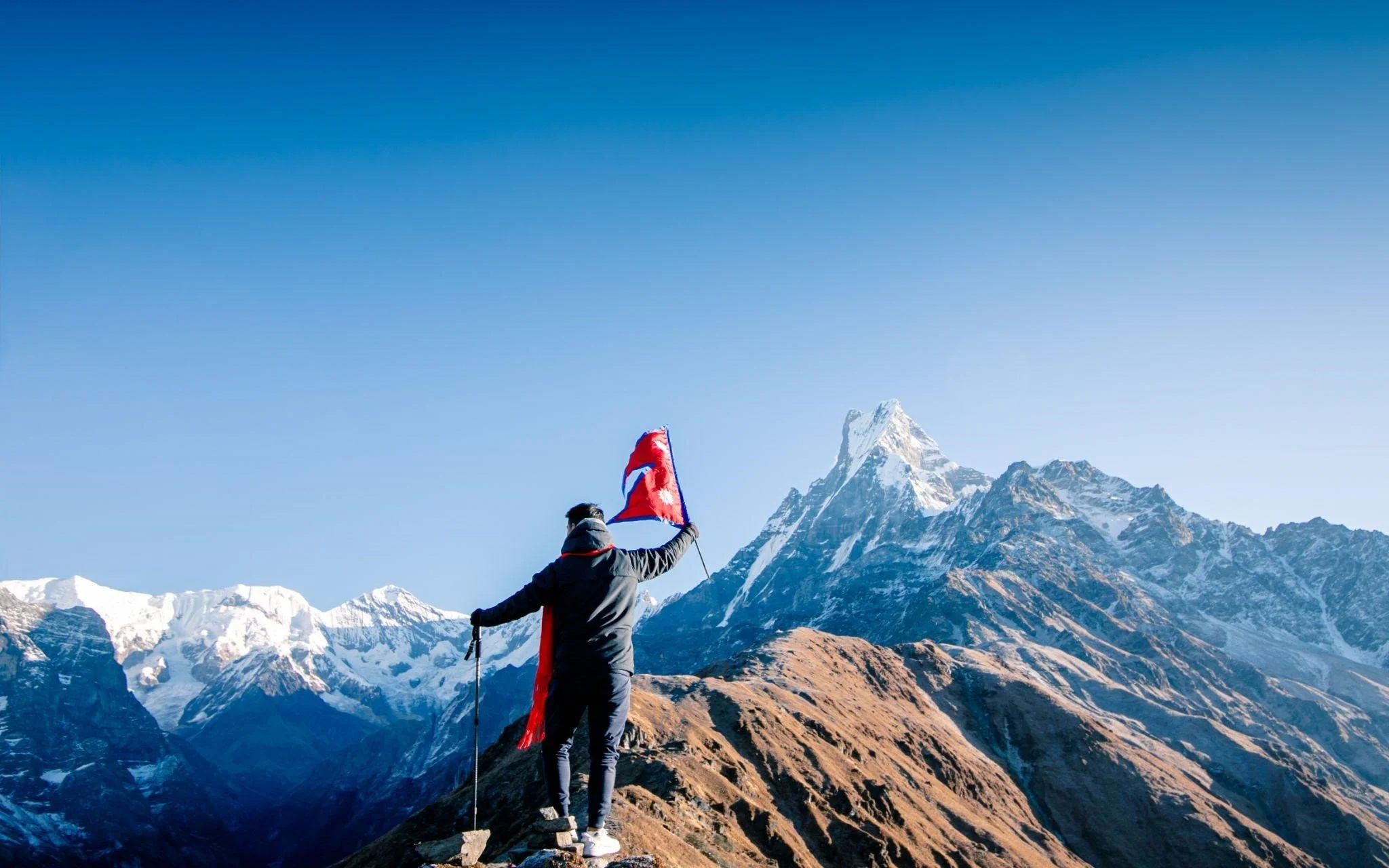Bungamati is a hidden gem nestled in the Lalitpur District of Nepal, just 10 kilometers south of the bustling city of Kathmandu. This charming village boasts a traditional Newari setting and style, with stunning architecture, art, and crafts that reflect its rich cultural heritage. Although it may be a short distance from the airport, Bungamati feels like a world away from the hustle and bustle of modern life, offering visitors a peaceful and authentic experience. If you're looking for a tranquil escape that immerses you in the local culture, Bungamati is the perfect destination.
The town’s history dates back to the Kirat Era. Through various historical accounts and evidences from neighbouring cities, it is evident that most villages in this valley were founded by the Kirat’s. The town during the Lichhavi era was called Bugayumigrama. Scholar’s state that ‘Bugayumi’ is a Kiratian dialect.
It is widely accepted that during the Malla period, the town was called Bungapattan, and it was an important center of commerce, culture, and religion. The Malla rulers developed Bungamati into a prosperous town with well-planned streets, temples, and public buildings. They also built the Rato Matsyendranath Temple, which is considered the most sacred site in the town.
The Rato Matsyendranath temple remained an important focus of religious life in Bungamati, and the deity became an object of veneration for both Hindus and Buddhists in the region. The deity was believed to be an incarnation of the god Vishnu, and was associated with the power to bring rain and ensure good harvests.
Here are some exciting activities you can engage in while in Bungamati, which are sure to make your visit to this charming town an unforgettable experience:
1. Explore the traditional Newari architecture: Bungamati is renowned for its traditional Newari architecture, which is best explored by wandering through the narrow alleyways and admiring the intricately carved wooden windows and doors. Visitors can also visit the traditional Newari houses, which provide a glimpse into the daily lives of the locals.
2. Visit the Rato Matsyendranath Temple: The Rato Matsyendranath Temple is a must-visit attraction in Bungamati. This ancient temple is dedicated to the Hindu deity Matsyendranath, who is worshipped as the patron saint of Kathmandu. The temple is especially famous for its annual festival, the Bunga Dyah Jatra, which takes place in April or May.
3. Take a pottery class: Bungamati is known for its traditional pottery, and visitors can learn to make their own pottery by taking a class with a local artisan. The classes are held in traditional Newari houses, and visitors can learn about the different techniques and styles of pottery-making that have been passed down through generations.
4. Hike to Khokana: Khokana is a nearby village that is known for its mustard oil production. Visitors can take a scenic hike through the fields and hills to reach the village, where they can learn about the traditional methods of mustard oil extraction and visit the local market.
5. Taste Newari cuisine: Bungamati is a great place to try traditional Newari cuisine, which is famous for its rich flavors and unique ingredients. Visitors can sample local dishes like bara, chatamari, and yomari, which are made with rice flour, lentils, and other local ingredients.
6. Attend a local festival: Bungamati is known for its vibrant local festivals, which are celebrated throughout the year. Visitors can attend festivals like the Bunga Dyah Jatra, the Rato Machhindranath Jatra, and the Khokana Festival, which are great opportunities to experience the local culture and traditions.















